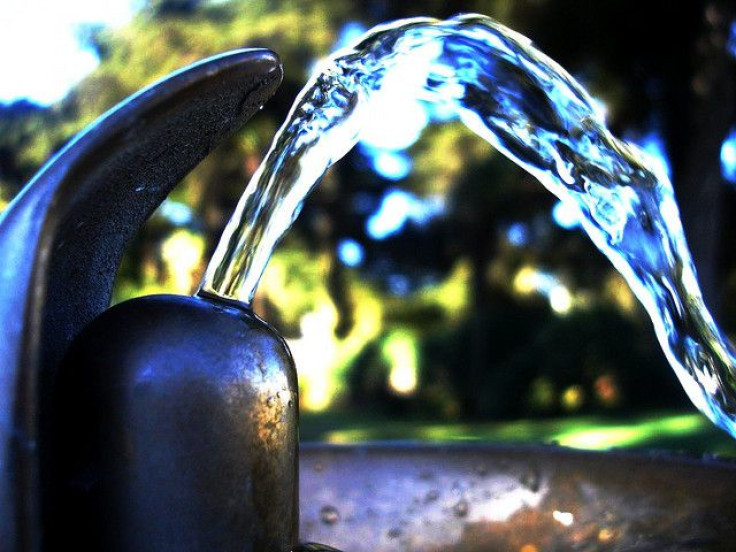Precautionary Tests Find Brain-Eating Amoeba Found In DeSoto Parish, La. Water System; Site Of 2011Death

Louisiana Department of Health officials and the Centers for Disease Control and Prevention (CDC) have found the brain-eating amoeba, Naegleria fowleri, in the water system of DeSoto Parish, about a month after discovering its presence in the St. Bernard Parish. The agencies discovered the amoeba in five test locations after conducting precautionary tests — DeSoto Parish was the location of one of two 2011 deaths caused by the rare parasite in the state.
The brain-eating amoeba was responsible for the death of a four-year-old boy in St. Bernard Parish last month. The amoeba was also responsible for two deaths in 2011, one of whom also became infected in St. Bernard Parish, and the other, a 51-year-old woman who died after becoming infected while using a neti pot. As a precautionary measure, state officials decided to test DeSoto’s water system as well, and found its presence concentrated in the parish’s district no. 1, in Grand Cane, La.
The parish began a 60-day flush of its water system with chlorine, which it will hopefully kill any other amoeba. “We are working closely with the water system and parish officials to ensure that the chlorine levels are increased to a level that will eliminate the risk of exposure to the amoeba,” J.Y. Lane, the department’s assistant secretary in the Office of Public Health, told USA Today. “Water from the DeSoto Parish Water Works District No. 1 remains safe to drink.”
Naegleria fowleri is safe to drink because it will die from exposure to gastric acid, however, if it enters the nose with force, it can travel along the olfactory nerve to the brain, causing primary amebic meningoencephalitis (PAM), a severe infection that destroys brain tissue within one to seven days, almost always ending in death. Over 120 cases of PAM have been reported since 1962 and only three have survived.
While infection is rare, the amoeba isn’t. It’s normally found in warm bodies of water, such as lakes, rivers, hot springs, and poorly maintained pools. “Families can take simple steps to protect themselves from exposure to this (amoeba), the most important being to avoid swimming in a pool,” state health officer Jimmy Guidry said in a press release, according to CNN.
The four-year-old boy who died last month was playing on a Slip ‘N Slide that hadn’t had its water changed in almost a day. Another case of PAM occurred in a young Florida boy after playing in a water filled ditch. He also died soon after. The first case of PAM this year, and only the third to ever survive the infection, was Kali Hardig, of Arkansas, who became infected after swimming at a lake-based water park. Her mother’s quick thinking, and a German breast cancer drug, known as miltesofine, in conjunction, helped save her life.



























